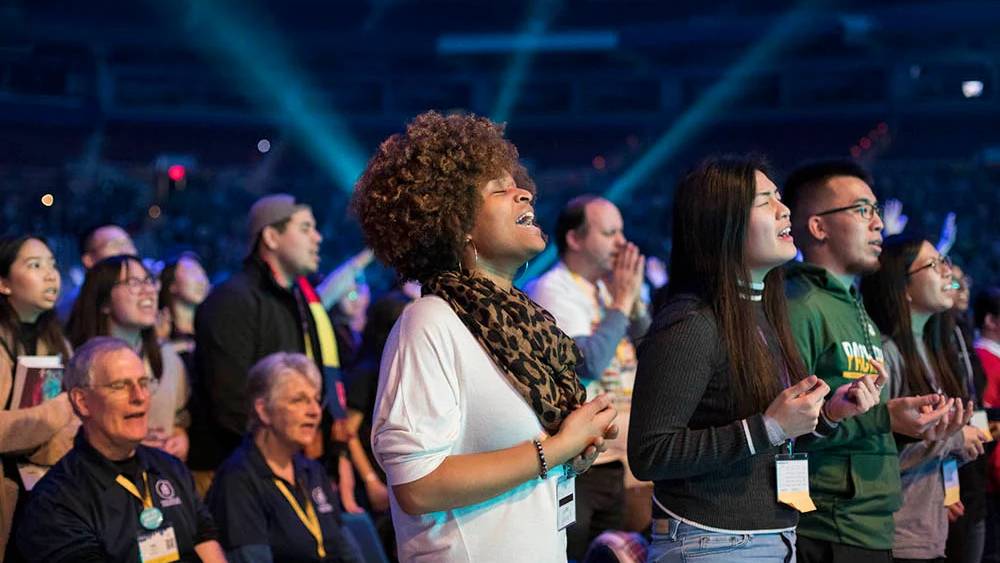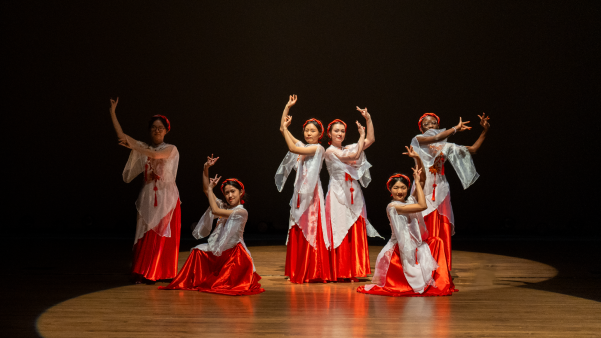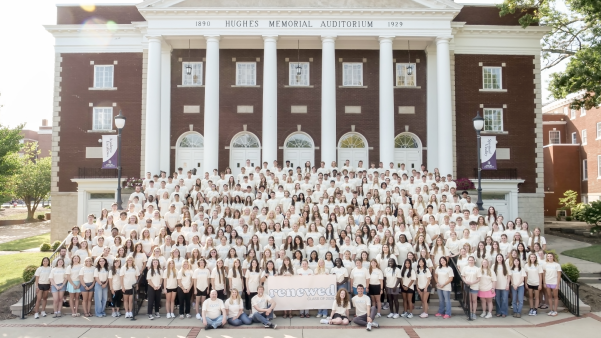For the first time since 2018, thousands of college students will gather a few days after Christmas to talk about God’s mission to the world and their place in it.
Organizers of Urbana 2022, a missions conference run by the evangelical campus ministry InterVarsity Christian Fellowship, expect about 6,000 at the conference, to be held December 28-31 in Indianapolis.
That’s about 3,000 fewer students than organizers had first hoped for, said Greg Jao, chief communications officer for InterVarsity, and about 4,000 fewer than attended the Urbana 2018.
Founded in 1946, the Urbana conference has long been a highlight of evangelical ministry to college students. From 1948 to 2003, the conference was held on the campus of the University of Illinois at Urbana-Champaign.
In 1970, Urbana drew about 12,000 students, and by the 1980s and 1990s, it was drawing more than 18,000. Urbana 2000, the largest conference to date, drew more than 20,000. (CT reported that the event drew around 10,000 attendees in 2018 and 16,000 in 2015.)
Past conferences have included evangelical legends such as Billy Graham, Elisabeth Elliot, Francis Schaeffer, Rick Warren, and John Stott as speakers.
Jao said that lingering concerns over COVID-19 and the country’s economic woes are helping to drive projected attendance down for the conference, usually held every three years, but delayed until this year by the pandemic. Like many churches, he said, InterVarsity and other campus ministries are still rebuilding their attendance.
With the first normal school year since the pandemic started in 2020, many students are taking their accustomed Christmas break at home for Christmas. Others are still wary of large gatherings, especially one that lasts several days.
“COVID has had an effect,” said Jao, “in the sense that people aren’t sure if they want to gather with large groups of strangers. Some also just think, ‘I want to be home for Christmas.’”
Inflated travel costs likely play a role as well. Jao said he’s heard from students who were planning to come but balked when they saw airline tickets running twice as high as in 2018.
Jao said InterVarsity leaders have known for months that attendance would likely be down. They’ve been focusing on getting students to come to local conferences or back involved in regular activities at InterVarsity’s 700 chapters across the country
Getting students to sign up for the conference has been a challenge as well. Generation Z students, he said, like to keep their options open and appear less willing to sign up in advance. So past recruitment strategies for the conference, such as offering “early bird” discounts, haven’t worked as well as they have in the past, said Jao.
Urbana has long been known for its focus on addressing the changing role of missionaries in the world, and in addressing social issues in the US. The 1970 conference included addresses from African theologian Byang Kato and Indian evangelist Samuel Kamaleson as well as a speech from Tom Skinner about the connection between social issues and the Christian faith.
“There is no possible way you can talk about preaching the gospel if you do not want to deal with the issues that bind people,” Skinner told students in 1970. “If your gospel is an ‘either-or’ gospel, I must reject it.”
The 2015 Urbana conference caused some controversy after speakers expressed support for the Black Lives Matter movement.
Jao said that the 2022 conference will feature speakers and music from the church outside the United States, designed to help students experience worshipping a “global God.”
“The goal is not to have a Westerner up there saying, ‘Go,’” he said. “It’s actually to have the global church say, ‘We welcome you. Come.’”
He suspects that the decline in 2022 is more of a blip than a long-term trend. And he said that missions remain a core focus of InterVarsity, which serves more than 45,000 students in its chapters. About half the students involved in InterVarsity are students of color.
“We believe God’s bringing a group of core college students who need to hear his invitation,” he said. “Inviting people to God’s global mission has been part of our history from the very beginning, and we’re going to keep doing it.”












